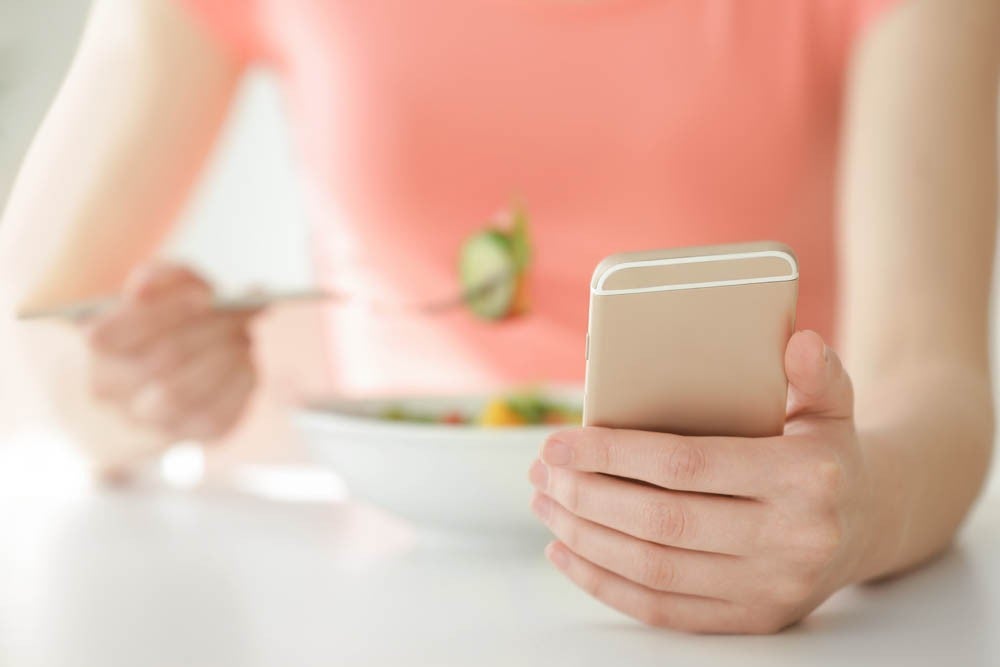How diet impacts your CGM data

Using a continuous glucose monitor (CGM) can help you understand the impact of food, medication and other factors on your glucose levels. Since your CGM tracks your glucose 24/7, it can show you how the foods you eat can help keep your glucose balanced.
Paired checking is checking your glucose before and after a meal and/or activity. It shows the cause-and-effect relationship between glucose levels and factors such as food and exercise. With a CGM, you don’t have to stop to take a reading to understand how different factors affect your glucose. Here are the glucose ranges recommended by the American Diabetes Association:
- Before meals: Your glucose should be between 80 and 130 mg/dl
- One to two hours after meals: Glucose should be < 180 mg/dL
Your individual targets may be different. Talk with your doctor about targets that are right for you. The impact your meal has on your glucose depends on the size and nutritional makeup of that meal.
Carbohydrates have the biggest impact on your glucose. Refined carbohydrates like rice, white bread and foods that contain sugar increase glucose more quickly than higher-fiber carbohydrate foods like vegetables, beans and whole grains. You may be using carb counting to control the carbs you eat at each meal.
Protein and fat both impact glucose, but not as much as carbohydrates. There is no specific recommendation for protein and fat intake. However, it is important to watch the impact that both nutrients have on your glucose. This way, you can adjust your meals as needed.
Use the balanced plate model as a guide to keep your portions in check.
If you’re having trouble managing your glucose around meals, message a coach through the app or schedule a coaching session.
Was this article helpful?
Sign up to unlock your health, your way at no cost to you.
This content is not intended to be a substitute for professional medical advice, diagnosis or treatment. Always seek the advice of your physician or other qualified health provider with any questions you may have regarding a medical condition.
